Some people with tattoos may later choose to have one or all of them removed. Fortunately, there are safe and effective methods to successfully remove them.
Because the location, color, shape and size of each tattoo is unique, the removal procedure must be personalized to suit each person. For instance, tattoos applied by non-professionals may be more difficult to remove because the dye may penetrate different layers of skin, whereas professionally-applied tattoos are usually more uniform. Darker inks (deep blue or black) are more difficult to remove than colored inks. Some newer inks and colors may be difficult to remove entirely.
Images of Tatoo Removal - Changes Following Multiple Laser Treatments
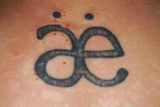 |
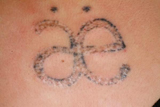 |
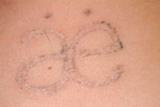 |
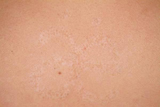 |
The most common methods for removing tattoos are:
- Laser treatment - The type of laser used depends upon the colors of the tattoo. In most cases, multiple treatments will be required.
- Dermabrasion uses a rapidly rotating brush to remove the topmost layer of skin.
- Surgical excision, during which the tattoo is removed with a scalpel and the wound is closed with stitches.
Image of Tattoo Removed From Ankle Following Laser Treatment
 |
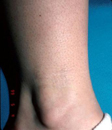 |
Side effects are usually minor but may include discoloration at the treatment site, infection, or some scarring. For tattoos that are difficult to remove, there may be residual pigment in the treatment area.
A raised or thickened scar may appear three to six months after the tattoo is removed.
Source: Vivacare
Last updated : 5/13/2022